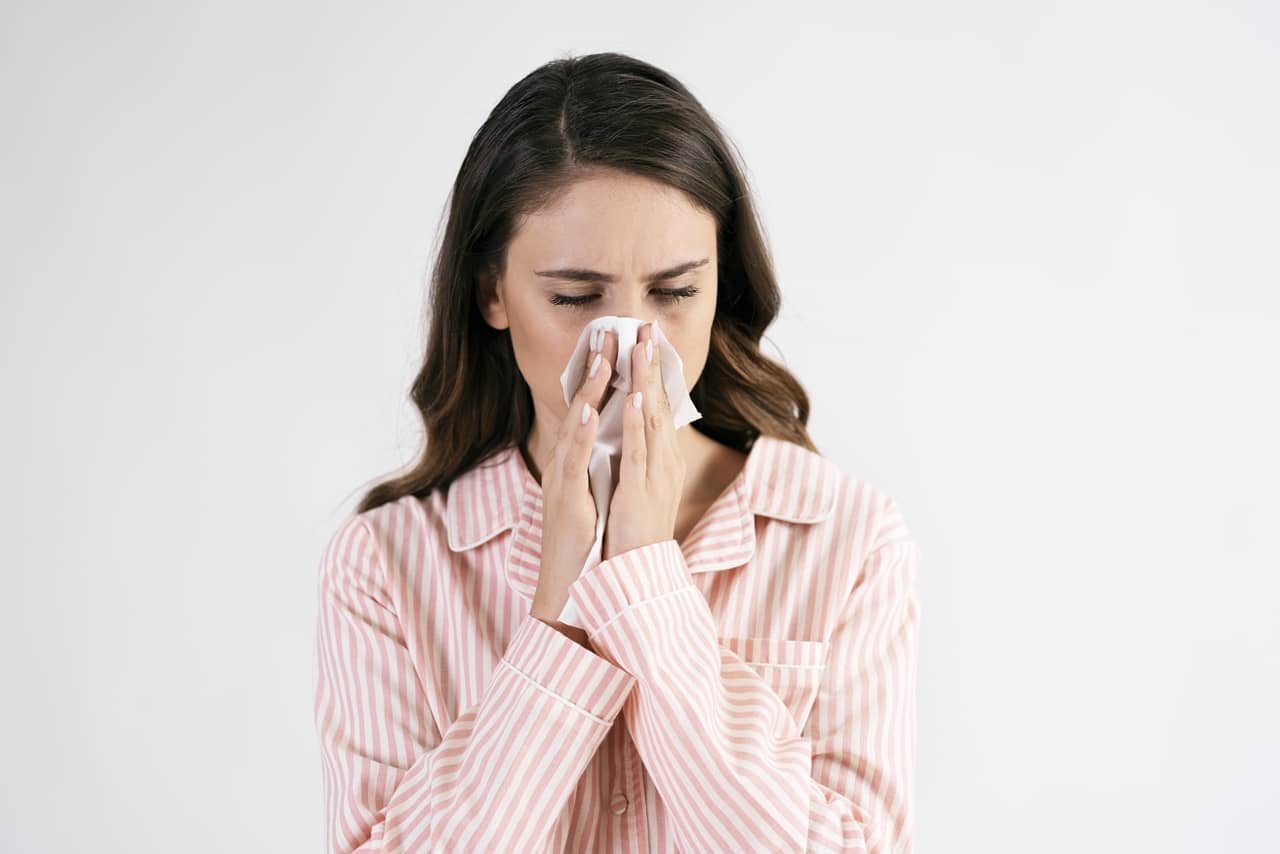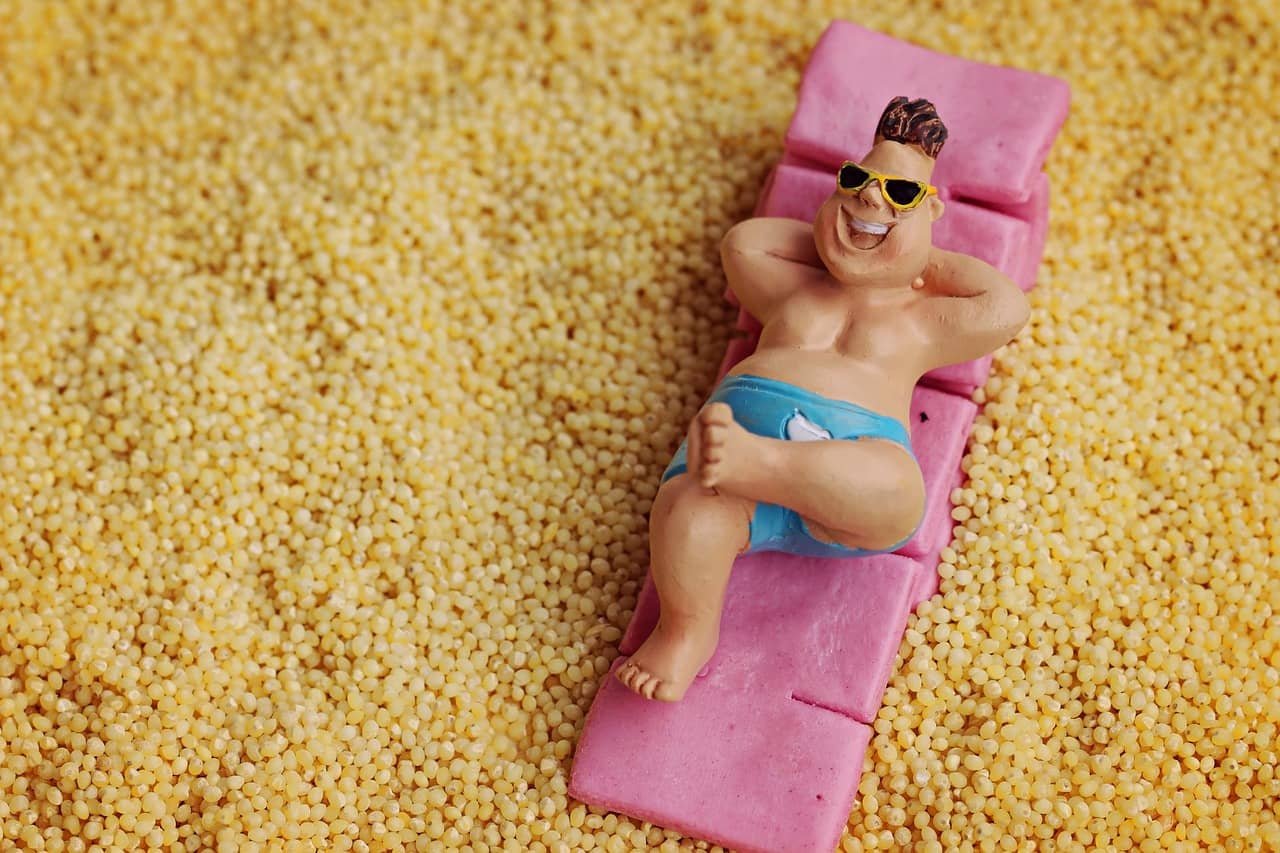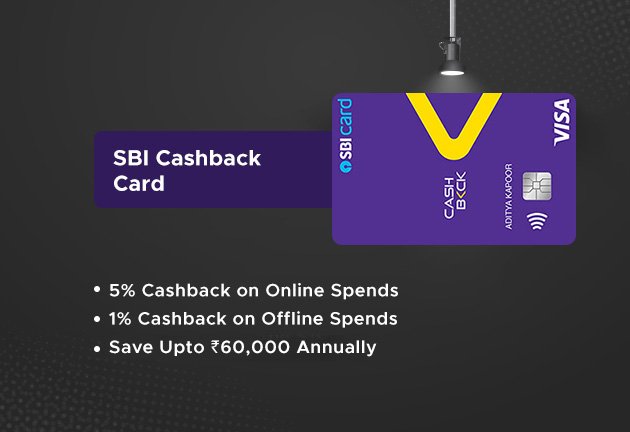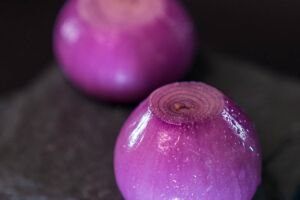What Is Dal?
Dal, commonly spelled as “dahl” or “daal,” is a term used to describe dried, split pulses or legumes. It holds significant importance as a staple food in South Asian cuisines, particularly in countries like India, Pakistan, Bangladesh, Nepal, and Sri Lanka. Various types of lentils, peas, or beans can be used to make dal, each imparting its unique flavor and nutritional benefits.
To prepare dal, dried pulses are typically soaked in water and then cooked until they reach a soft and mushy consistency. Often, spices and other ingredients like onions, tomatoes, garlic, ginger, and turmeric are added to enhance the flavor. The consistency of dal can vary, ranging from thick and creamy to a more soup-like texture, depending on regional preferences and specific recipes.
Dal is highly valued as an excellent source of plant-based protein, dietary fiber, vitamins, and minerals, making it a nutritious and satisfying dish, particularly for vegetarians and vegans. It is commonly served with rice or bread, such as naan or roti, and is an integral part of a balanced meal in South Asian cuisine.
Nutritional Content:
The nutritional content of dal can vary depending on the specific type of pulse used (lentils, peas, or beans) and the method of preparation. However, in general, dal is a nutritious food that offers various essential nutrients. Below are approximate nutritional values for 1 cup (approximately 200 grams) of cooked dal:
Calories: Around 200-250 kcal
Protein: Approximately 15-20 grams
Carbohydrates: Roughly 35-40 grams, including dietary fiber
Fat: Usually less than 2 grams, with negligible saturated fat
Vitamins: Various B-vitamins, especially folate, and some vitamin C
Minerals: Significant amounts of iron, magnesium, phosphorus, potassium, and zinc
Other Nutrients: Dal also provides antioxidants, phytonutrients, and other beneficial compounds that contribute to its health benefits.
The specific nutrient profile can vary depending on the type of dal used. For example, red lentils (masoor dal) are known for their high protein content, while green gram (moong dal) has higher amounts of dietary fiber.
What is dal called in English?
In the English language, the term “dal” is sometimes interchangeably used with “lentils” or “split lentils.” Dal is prepared from dried, split pulses, and its name may vary based on the particular type of lentil used. Here are some examples of common types of dal along with their corresponding English names:
Masoor Dal: Red Lentils
Moong Dal: Mung Beans or Green Gram Lentils
Toor Dal: Split Pigeon Peas
Chana Dal: Split Chickpeas
Urad Dal: Split Black Gram
The term “dal” itself is also frequently used in English, especially in the context of Indian cuisine and recipes. So, you might see “dal” being used interchangeably with the English names for specific lentils. Regardless of the name used, these legumes are an important part of South Asian cuisine and are widely enjoyed for their delicious taste and nutritious properties.
What Are The Types of Dal?
Dal, or dried, split pulses, comes in various types, each with its distinct flavor, texture, and culinary uses. Some of the common types of dal used in South Asian cuisine are:
1. Masoor Dal: Also known as Red Lentils, these cook quickly and have a slightly sweet and nutty flavor. They are often used to make soups and stews.
2. Moong Dal: Split Mung Beans or Green Gram Lentils. They are easy to digest and have a mild, earthy taste. Moong dal is commonly used in various dishes, including soups, salads, and desserts.
3. Toor Dal: Split Pigeon Peas. These lentils have a slightly sweet and nutty flavor. Toor dal is a staple in Indian cooking and is used to make the popular dish “sambar.”
4. Chana Dal: Split Chickpeas. Chana dal has a hearty flavor and is commonly used to make dals and curries. It is also ground into a flour called “besan,” which is used in various dishes.
5. Urad Dal: Split Black Gram. Urad dal has a rich, creamy texture when cooked and is used to make dishes like “dal makhani” and various South Indian snacks.
6. Moath Dal: Matki or Moth Beans. These lentils have a unique nutty taste and are often used in curries and stews.
7. Rajma Dal: Kidney Beans. Though not a traditional dal, kidney beans are used to make a popular North Indian dish called “rajma,” which is a thick and flavorful kidney bean curry.
8. Arhar Dal: Another name for Toor Dal, commonly used in some regions of India.
These are just a few examples of the many types of dal available. Each type of dal can be prepared in various ways, offering a wide range of delicious and nutritious dishes in South Asian cuisine.
Which Dal Is Healthiest?
Various types of dal offer different health benefits, and determining the “healthiest” dal depends on your specific nutritional needs and dietary preferences. Here are some types of dal and the health benefits they offer:
Moong Dal (Mung Beans): Moong dal is a low-calorie option that is rich in protein and dietary fiber. It also provides essential vitamins and minerals like folate, iron, magnesium, and potassium. Due to its ease of digestion, it is often recommended for people with digestive issues.
Masoor Dal (Red Lentils): Masoor dal is an excellent source of protein and dietary fiber. Additionally, it is rich in iron, folate, and other essential minerals. Red lentils are known for their potential to help manage blood sugar levels.
Toor Dal (Split Pigeon Peas): Toor dal offers a good amount of protein, dietary fiber, and essential vitamins and minerals such as thiamin, phosphorus, and potassium. It is widely used in various Indian dishes and contributes to a well-rounded nutritional profile.
Chana Dal (Split Chickpeas): Chana dal is high in protein, dietary fiber, and various minerals like iron, manganese, and phosphorus. It has a lower glycemic index compared to some other dals, making it a favorable option for individuals monitoring their blood sugar levels.
Urad Dal (Split Black Gram): Urad dal is a protein-rich choice that contains essential nutrients like iron, magnesium, potassium, and B-vitamins. It offers particular benefits for bone health.
Overall, all dals are nutritious and provide a good balance of protein, fiber, vitamins, and minerals. Including a variety of dals in your diet ensures a diverse range of nutrients. Moreover, incorporating different types of dal in your meals adds variety and enhances the enjoyment of your diet.
Remember that while choosing the healthiest dal is important, it is just one aspect of an overall balanced diet. A well-rounded and healthy eating plan should consist of various nutrient-rich foods, including vegetables, fruits, whole grains, and other protein sources, to meet all of your body’s essential nutritional requirements.
Is Dal a Source of Protein?
Dal is a valuable source of plant-based protein. Lentils, peas, and beans, which are used to make dal, belong to the legume family and are naturally rich in protein content. While the exact protein content may vary slightly based on the specific type of dal, in general, dal provides a significant amount of protein per serving.
For instance, a 1-cup serving (approximately 200 grams) of cooked dal can supply around 15-20 grams of protein. This makes dal an excellent protein source, particularly beneficial for vegetarians and vegans who rely on plant-based foods to meet their protein requirements.
In addition to protein, dal is also a good source of essential nutrients such as dietary fiber, vitamins (e.g., B-vitamins), and minerals (e.g., iron, potassium, magnesium). This makes dal a nutritious and well-rounded addition to a balanced diet.
By incorporating dal into your meals, you can effectively increase your protein intake and enjoy a wide array of delicious and nutritious dishes, especially in South Asian cuisines where dal holds a central place in cooking.
















